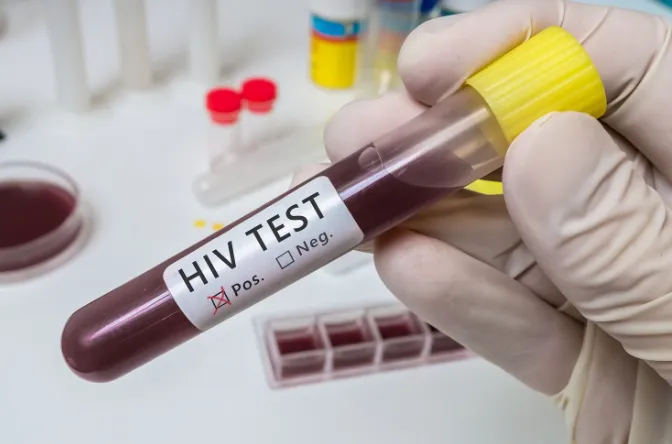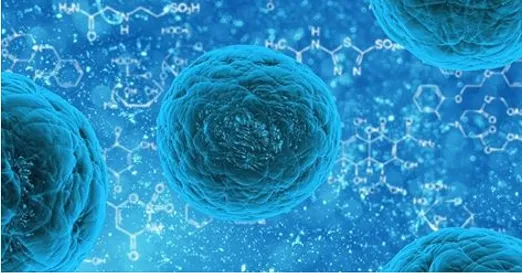Stem cell treatment for infertility
Infertility is a problem that affects about 15% of couples worldwide. For this reason, specialists from all over the world are constantly looking for new treatment options. One possibility seems to be the use of stem cells in therapy.
Infertility problem
The term "infertility" refers to the inability to become pregnant with regular sexual intercourse for at least one year (with some exceptions) without the use of contraceptives. The problem of infertility is very real today. Interestingly, the percentage of each type of infertility, i.e. male, female and idiopathic, is almost identical and is about 30% in each case. Although the clear causes for the increasingly frequent problems in childbearing are not known, many experts see air pollution and the high level of food processing as the cause of this phenomenon. Drugs used in chemotherapy for cancer treatment, for example, are also sometimes the cause of infertility. Despite the methods available to treat infertility and assisted reproductive techniques, many couples cannot wait to have children.
Use of stem cells in the treatment of infertility
In the context of infertility studies, scientists have wondered why females of certain species remain fertile throughout their lives, even though every woman reaches menopause at some point in her life. According to previous knowledge, each woman is born with a limited number of eggs that are no longer produced during her lifetime, but only "mature" into a fertilisable egg. Studies on mice have shown that the ovaries of females of this species contain stem cells from which eggs are constantly produced. Since these are constantly produced by the mouse body, the mouse remains fertile throughout its life. It was therefore suspected that similar cells (so-called germ cells) could also be found in the ovaries of women. With the help of very specific markers that bind to proteins found only on the surface of stem cells, it was possible to prove that they are also present in the ovaries of women. This discovery has led to new attempts to treat female infertility and to "stimulate" the production of new, fertilisable eggs with the help of stem cells. In addition, stem cells can also help women who suffer from scarring (atrophy) of the lining of the uterus, which prevents proper implantation of the embryo and contributes to infertility.Research into the use of stem cells in the treatment of infertility is being conducted by Dr Jaroslaw Kaczynski, a gynaecologist and endocrinologist, among others. As part of a research grant, he injected stem cells from the umbilical cord into the ovaries of 4 women struggling with infertility. Two of them became pregnant after a single injection of the cells. Although this research still needs to be studied in depth, it is very promising and could soon set a new trend in infertility treatment. Stem cells are also being researched in the treatment of male infertility. Here, too, experts have achieved considerable success in converting stem cells into male germ cells.
Where else are stem cells used?
By preserving your cord blood and cord, you have the opportunity to treat diseases that may affect your child or his or her siblings. For some diseases (e.g. leukaemia), preserving cord blood can significantly speed up treatment; for others, it may be the only chance of improving health. This is because umbilical cord blood and cord are rich in stem cells that build up the body and repair damaged cells and tissues. Stem cells derived from umbilical cord blood are currently used to treat cerebral palsy, amyotrophic lateral sclerosis, leukaemia and lymphoma. In addition, the cord blood can also be used to treat other family members if it is compatible. The material, the umbilical cord blood of the child, would be disposed of without the collection, so it is a kind of safeguard for the whole family. Stem cell treatment is still relatively new. For this reason, the list of diseases that can potentially be treated with stem cells in the future is growing.







